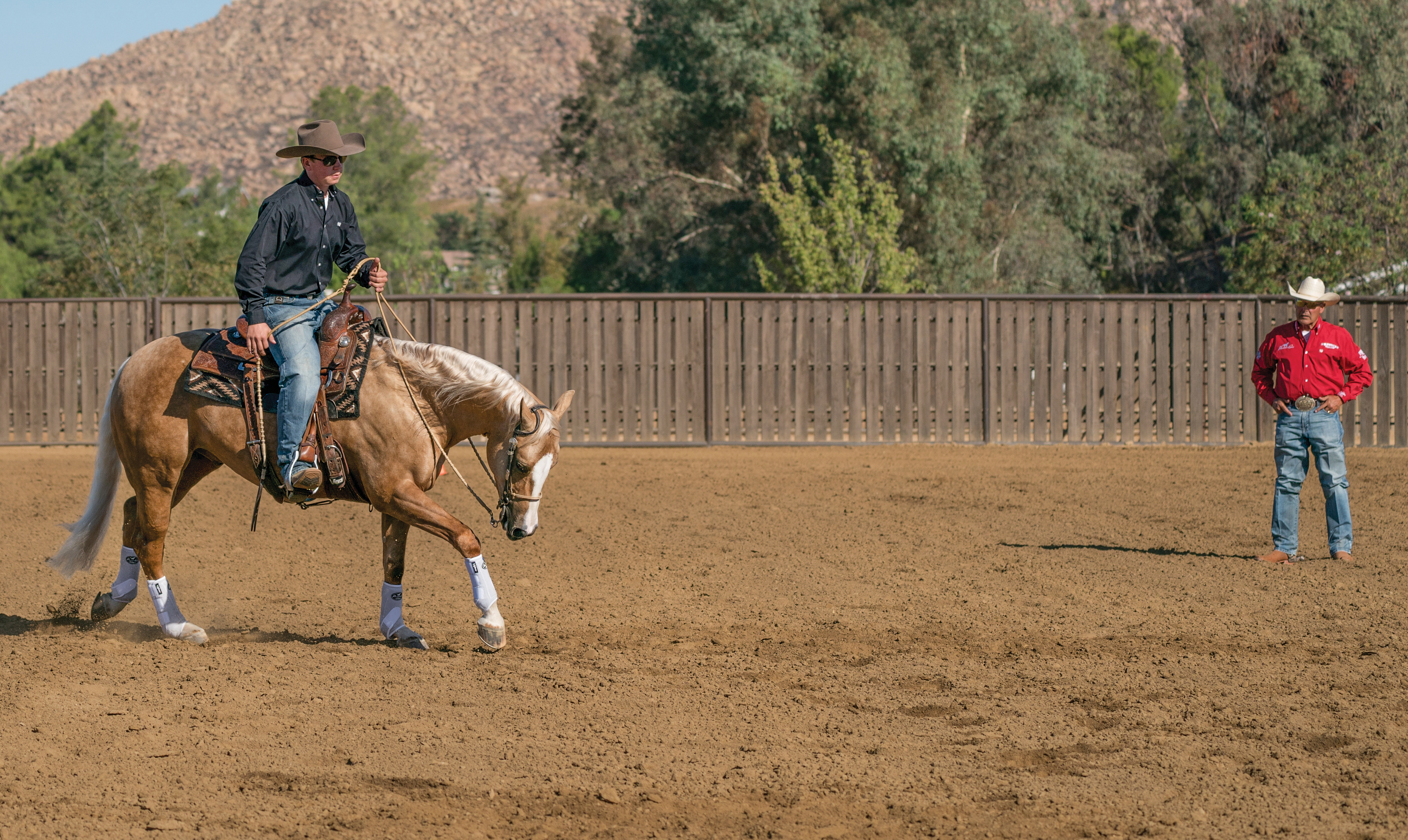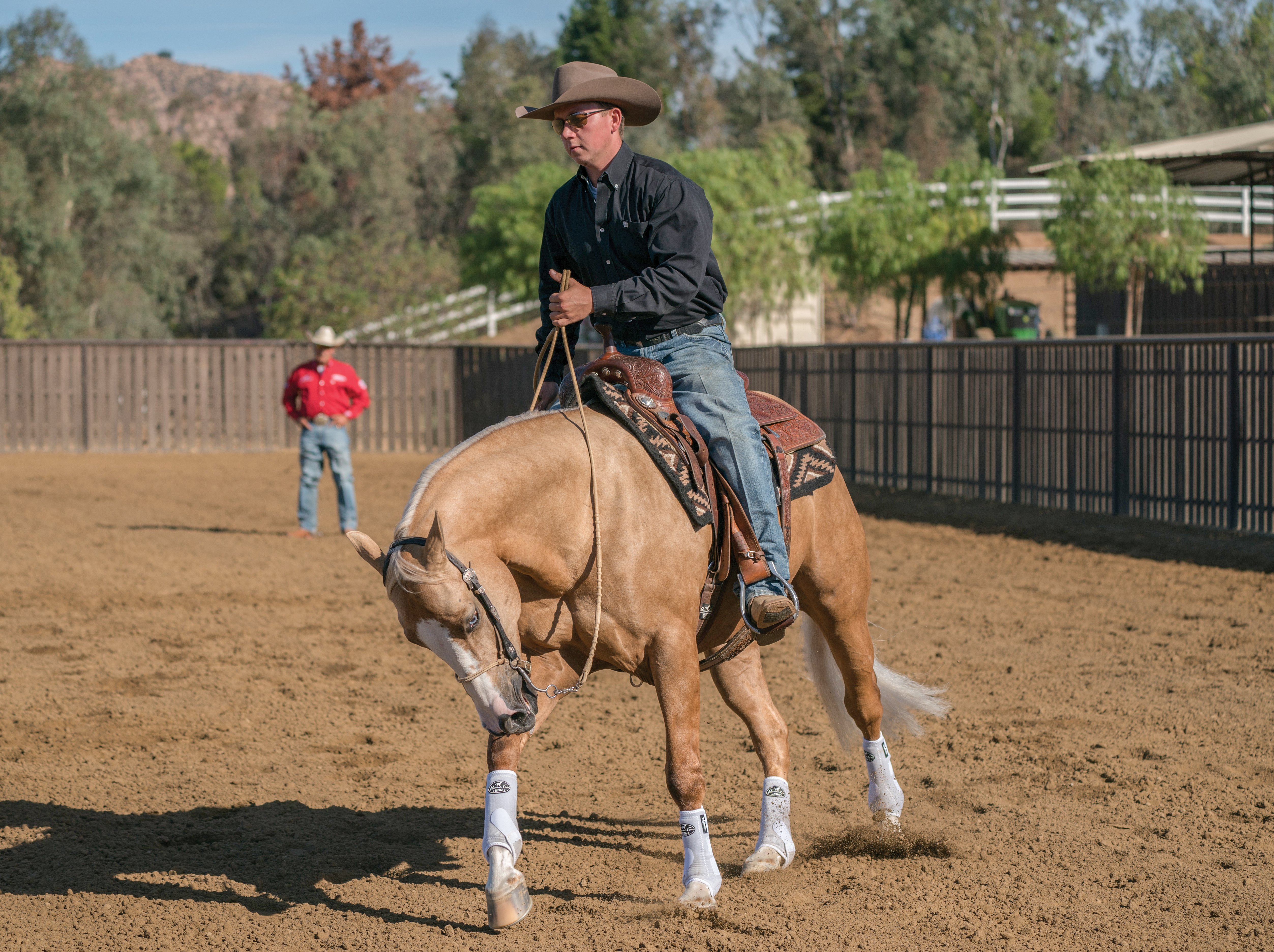You’ve decided it’s time: You need to upgrade your horse to reach your next-level riding goals. You feel as though you’ve elevated your riding skills and are ready for more, which is the goal if you’re an “achiever-type” rider. It’s an exciting stage, for sure.
But before you run out and start looking for your next mount, take a minute to ask yourself these six questions to be sure you’re on a path to success rather than to disaster.

Marc Laxineta, DVM
Why Are You Upgrading?
Riders decide to look for more horse for a variety of reasons. As is often the case, some reasons are good and others aren’t. Is your horse getting older and needs to ease up the intensity when you’re on a trajectory to more competitive riding? Then it’s time to look for a younger horse that can take you there. Or maybe your horse’s ability has topped out and he can’t give you the higher level of performance you’ve advanced to. Injuries can also limit a horse’s abilities, which means you need a sound horse that can help you fulfill your goals. These are just three examples of the right reasons to upgrade.
Unfortunately, I see many riders decide to upgrade to flatter their own ego. They’re not actually ready for the horse they think they want or need. And that is a recipe for disaster. See the next question for more details.
Can You Ride the Upgrade?
You might want to buy a great one…but can you ride a great one? The right upgrade horse is one you can ride really well. No matter how good a horse is, if you can’t ride him, you’re not upgrading. You’re setting yourself up for frustration. And that’s not what riding is supposed to be about—it should be fun!
I find this is especially true with non-pro riders who want to participate in aged events (futurities and derbies for horses of designated ages). Those are an entirely different ballgame—especially if you’re going from a 12-year-old babysitter horse to a 3-or 4-year-old that’s unpredictable and needs lots of work.
The fact is, the younger a horse is, the more work he needs. When horses are your hobby, there’s nothing better than a horse you can go have fun on 99 percent of the time. Keep that in mind before you consider a prospect as your upgrade.
Do You Really Know What You’re Getting Into?
An upgrade can be a big step. It’s important to upgrade enough that you don’t have to step up to another horse too soon, but you also need to be conservative enough that you don’t exceed your skills.

Marc Laxineta, DVM
For example, I’ve had a customer who got into reining at the rookie level and conquered all she could with her safe, sane, older horse. She was ready for an upgrade, but she wasn’t ready for a lot more horse. We looked for a quiet, reliable 7-or 8-year-old horse that was at the level she was ready for—not a colt for aged events.
The key is to be aware of what you’re getting yourself into. If, when trying a step-up horse you don’t feel comfortable with him, don’t buy him. He’ll be the right horse for someone else, and you’ll find the right one for yourself.
Do You Know What You’re Looking For?
The best way to find the right upgrade is to evaluate your current mount. Think about the things you really like about your horse. What are you willing to sacrifice to get a higher-caliber partner? What are the must-have (or must-not-have) traits? Sometimes you get lucky and find a horse that has everything your weekend warrior had, but with just a little more talent. Often, though, there’s a give and take.
Are You Prepared for a Transition Period?
Getting on track with a new horse can be bumpy. A trainer or experienced friend can help and offer you support and encouragement.
The transition period can be long—longer than you’d like, anyway. Consider keeping your current horse to show while you adjust to your new one. This takes the pressure off of settling in with the new horse and can keep your confidence up because you have a familiar horse to ride.
The timing of your purchase is also important. Don’t buy a new horse and expect to go show him—and win—the next weekend. If possible, buy at the end of your competitive season. Then use your offseason to get to know each other and get in sync without the pressure of qualifying for big events.
How Will You Connect?
A key success factor with any new horse is finding opportunities to connect. If you’re someone who arrives at the barn and expects your horse to be saddled and groomed for you, you’re missing out on prime bonding time.
Spend time with him in his stall, preparing him to ride, in the arena, and outside. Get to know his quirks, where he likes to be scratched, and whether he craves your attention or is more businesslike. Developing a solid connection and understanding of each other is crucial to getting where you want to be and reaching your goals with your upgraded horse.






